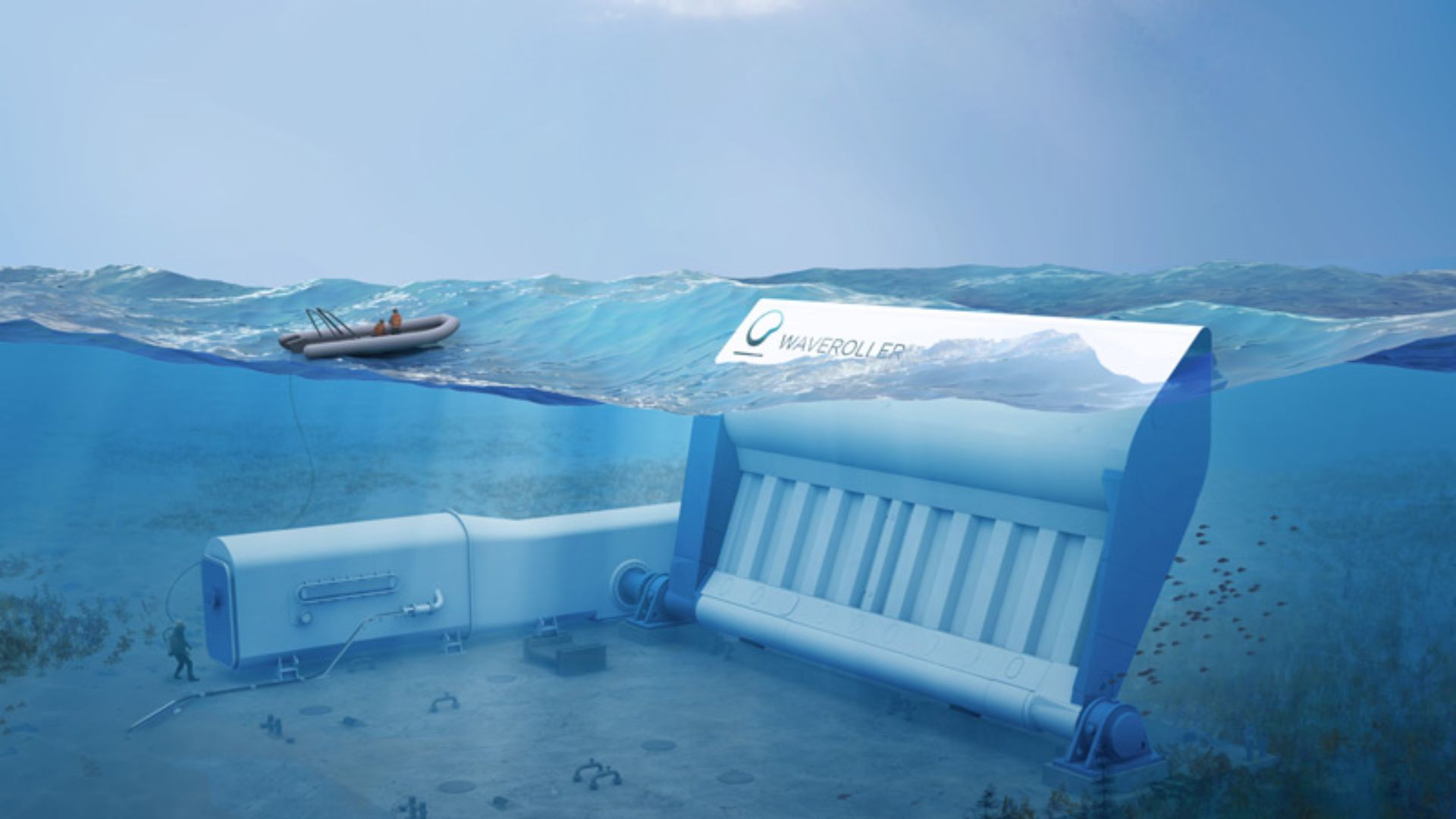DIY-HP-LED
Well-Known Member
Somethings coming out of the labs just improve production and capacity of existing and future batteries, like this and new electrolytes for Li-ion batteries or new ways of adding more magnesium to LFP batteries to greatly improve their power density. There is money to be made just in making anodes or cathodes for batteries or their materials and especially in improving them. These innovations can make it to the marketplace a lot faster than a new battery technology built from the ground up and produced at an economical price.

 techxplore.com
techxplore.com

A strategy to design lithium anode interlayer for all-solid-state lithium-metal batteries
Over the past decades, engineers and chemists have been working to develop increasingly advanced battery technologies that could help to meet the rising demands of the electronics industry. This has led to the emergence of new types of batteries, including all-solid-state batteries.









